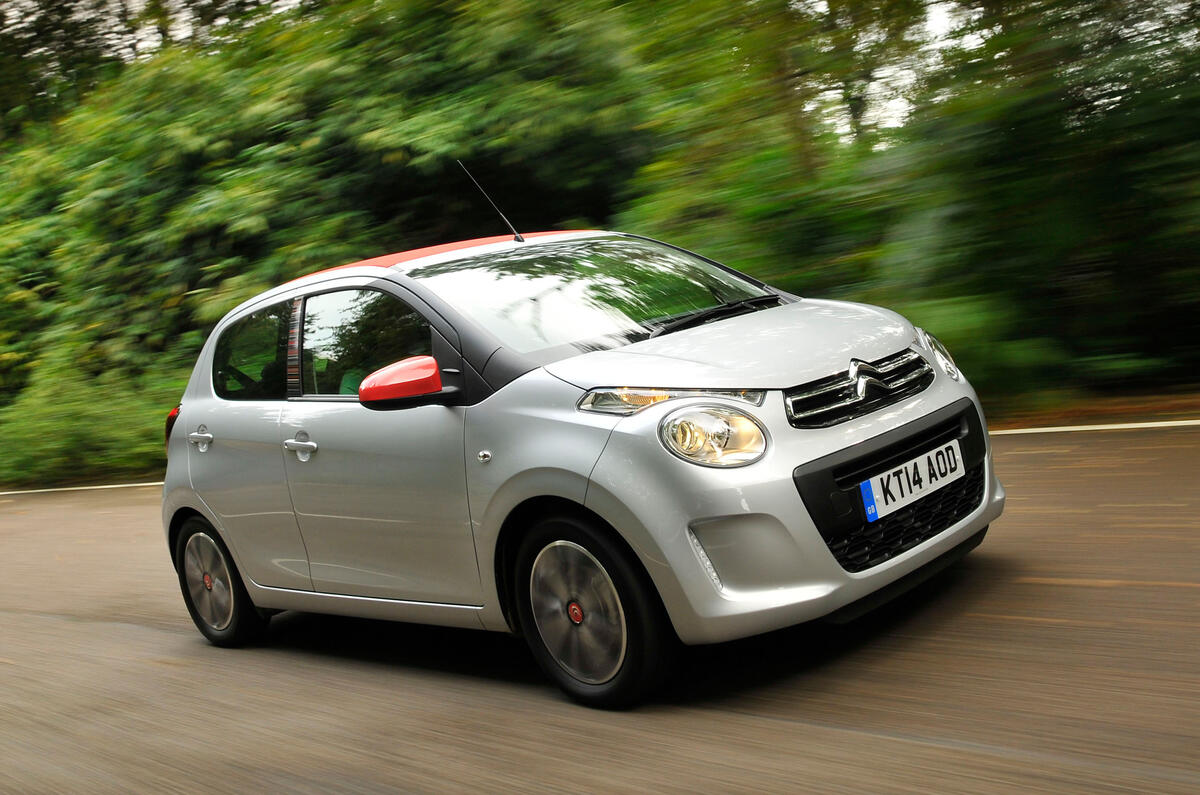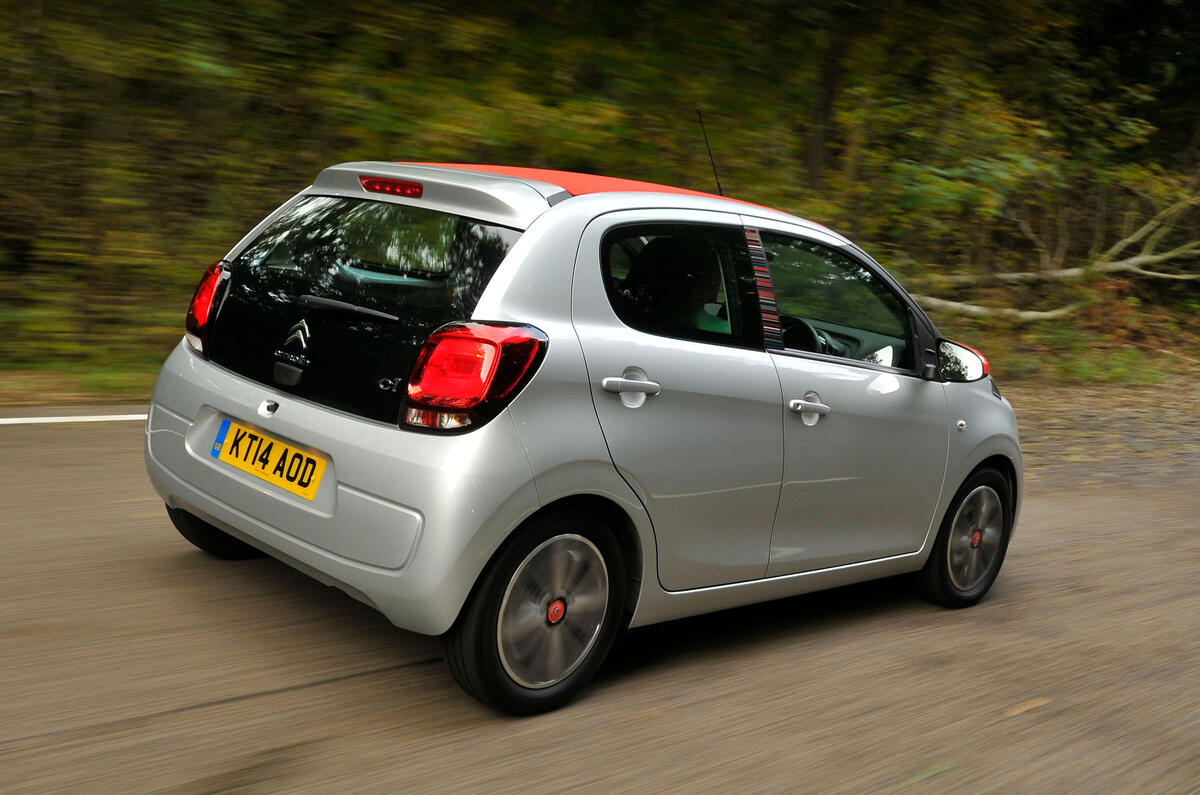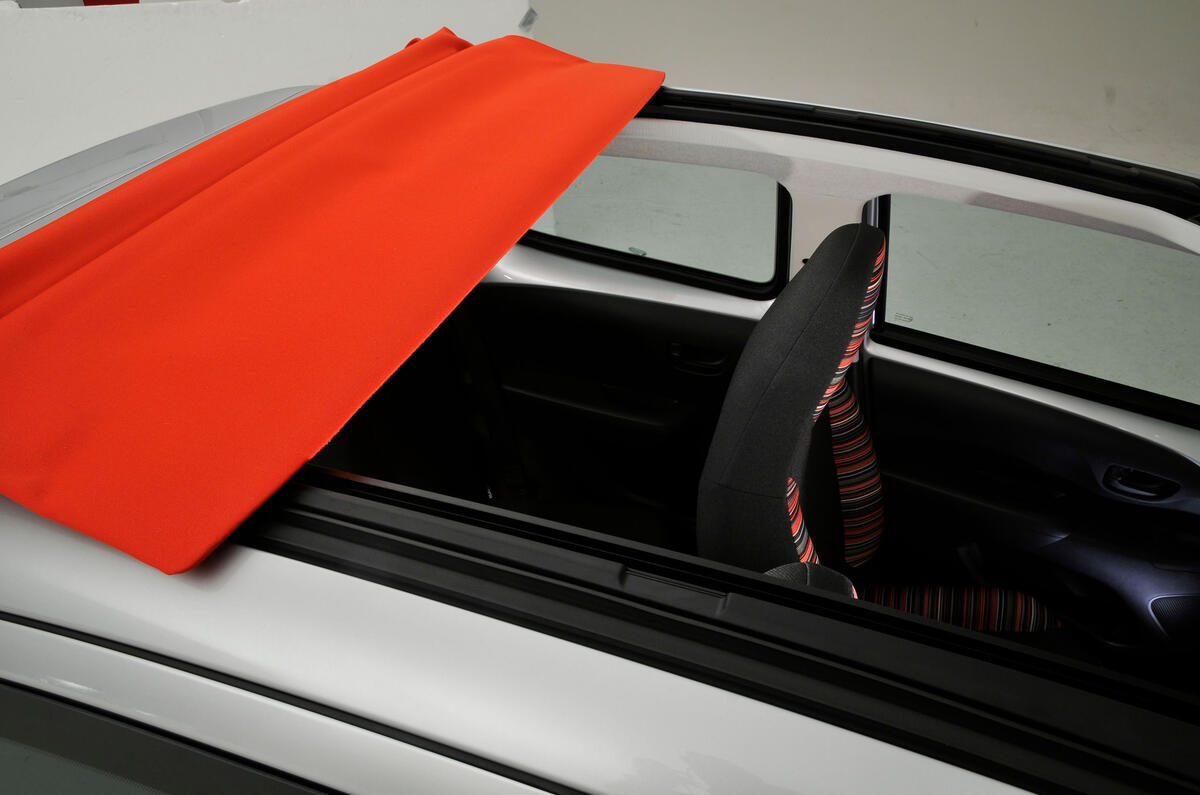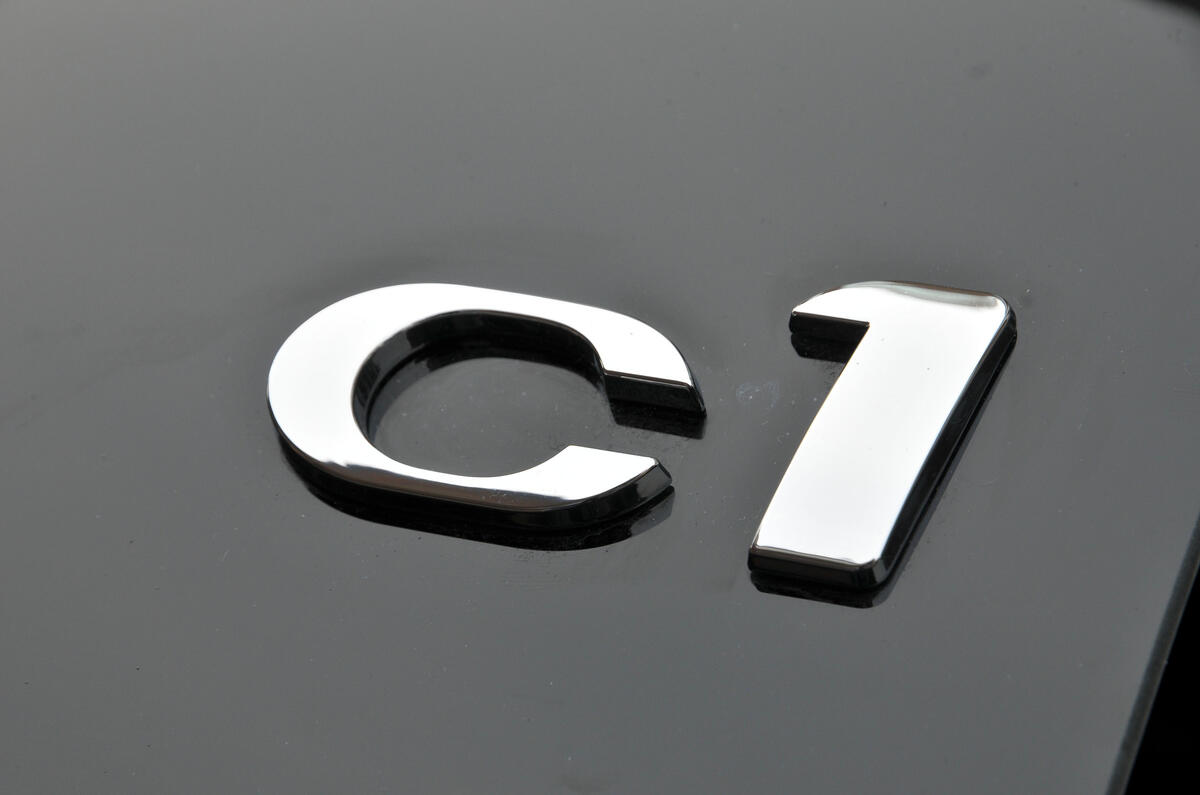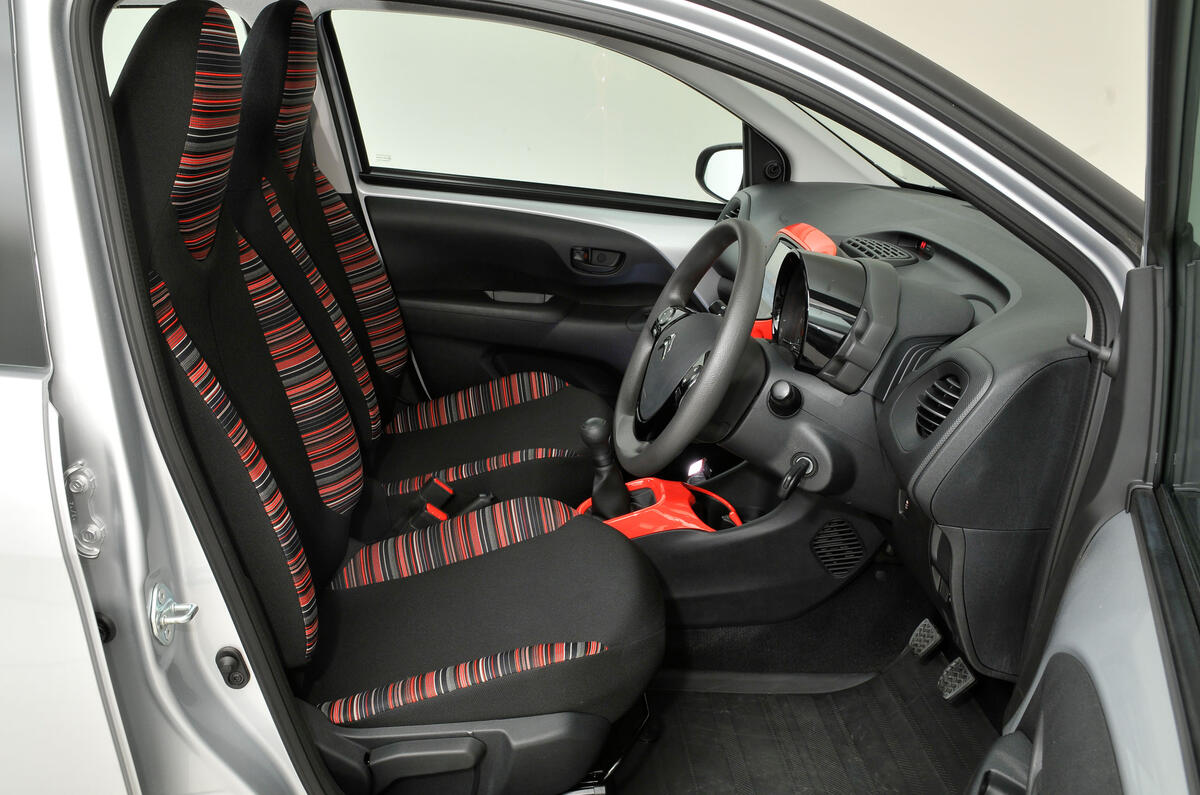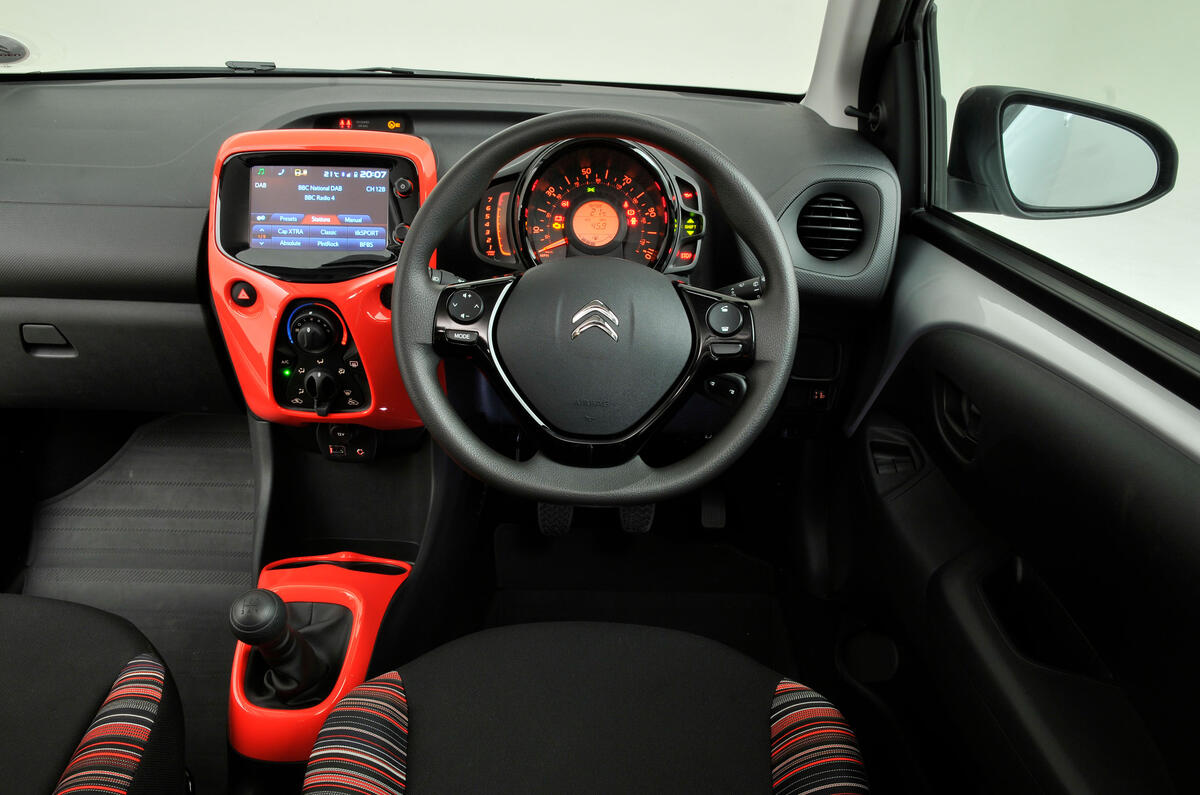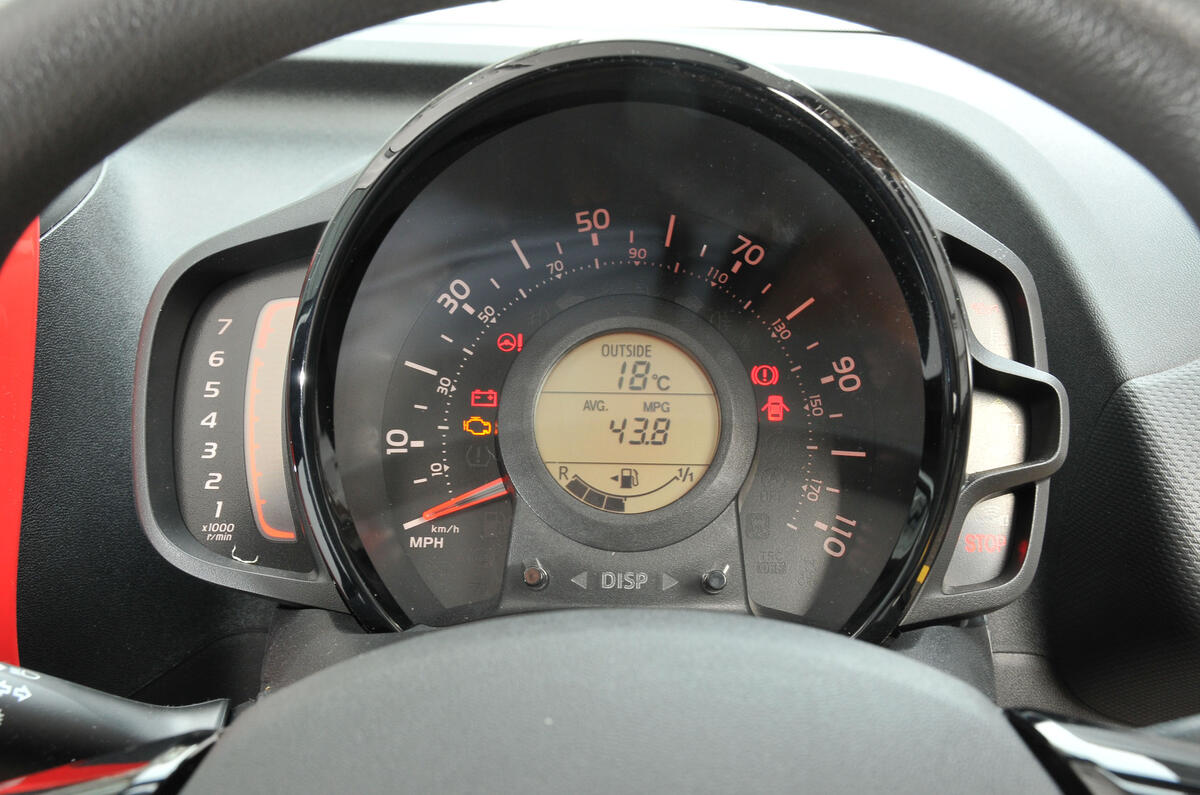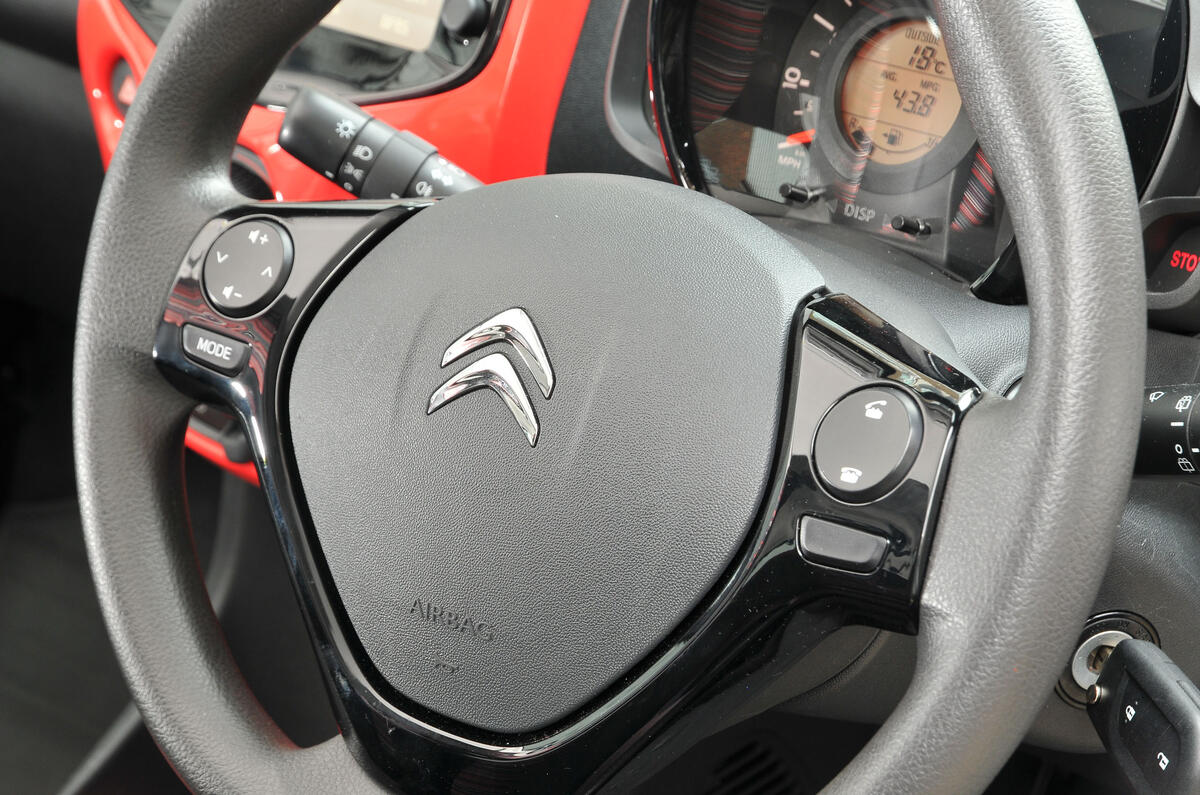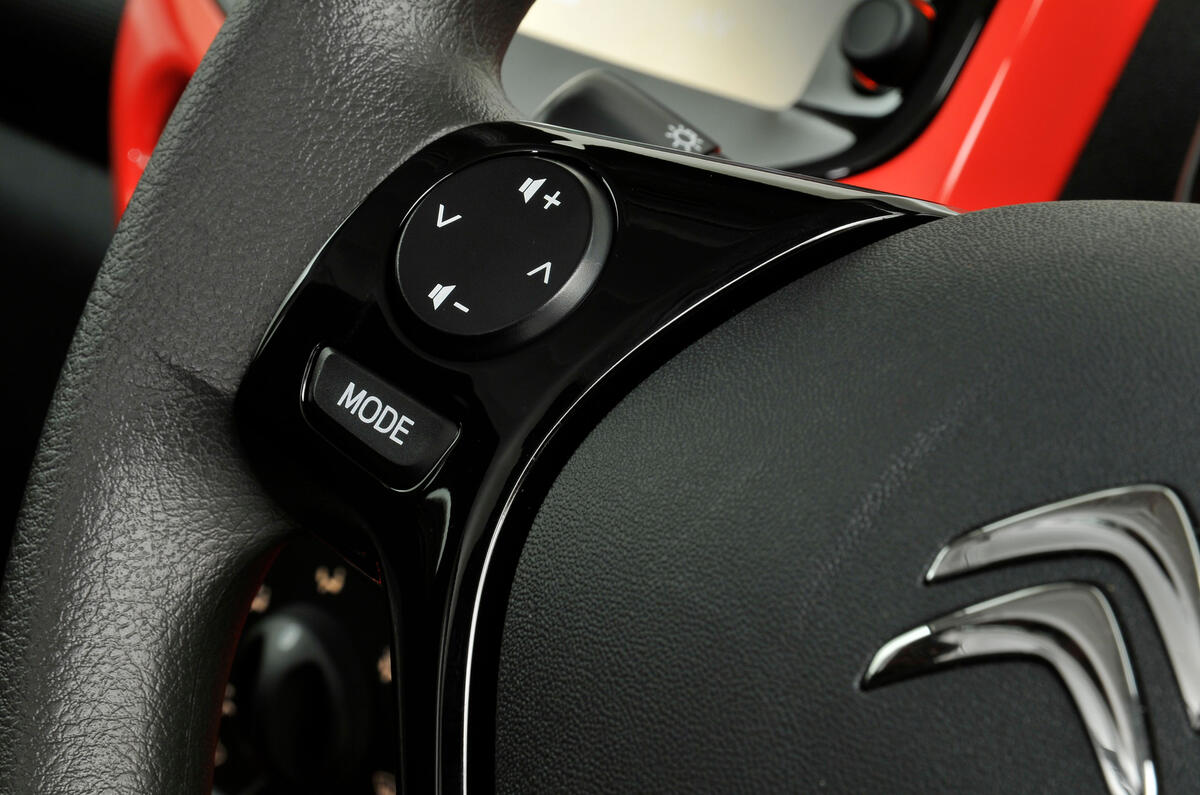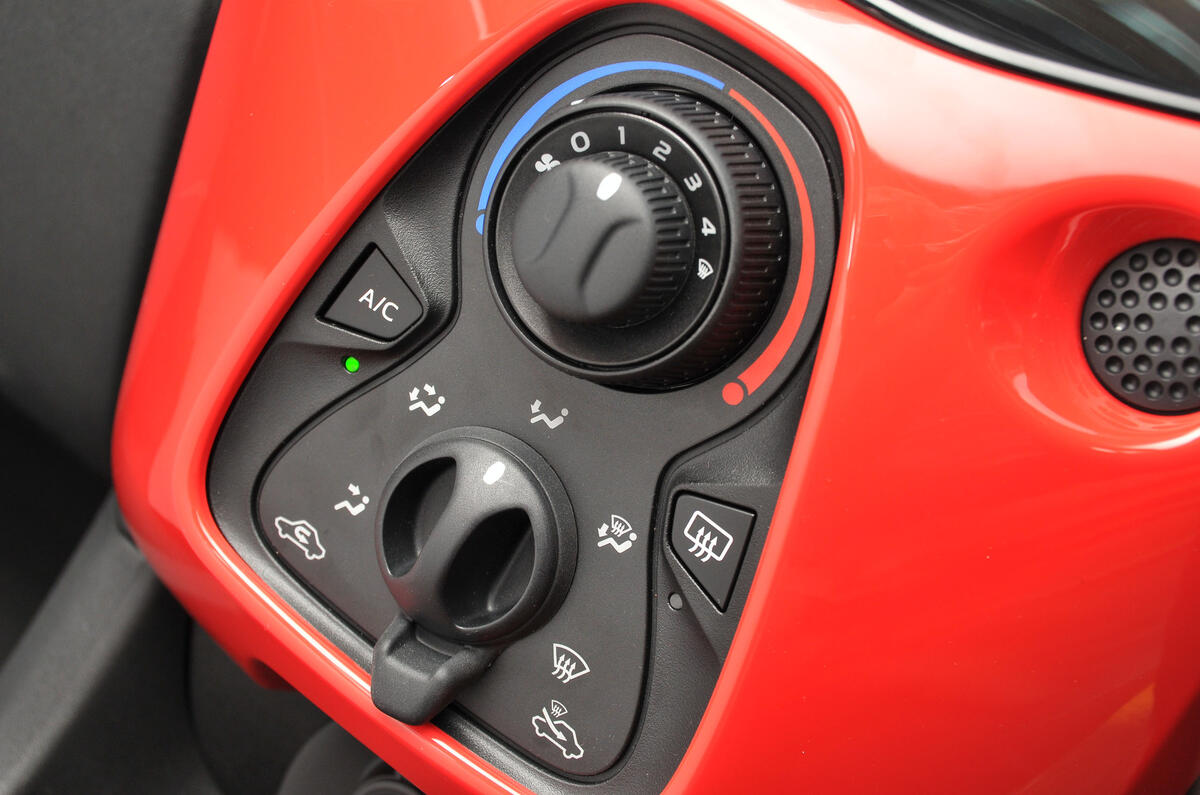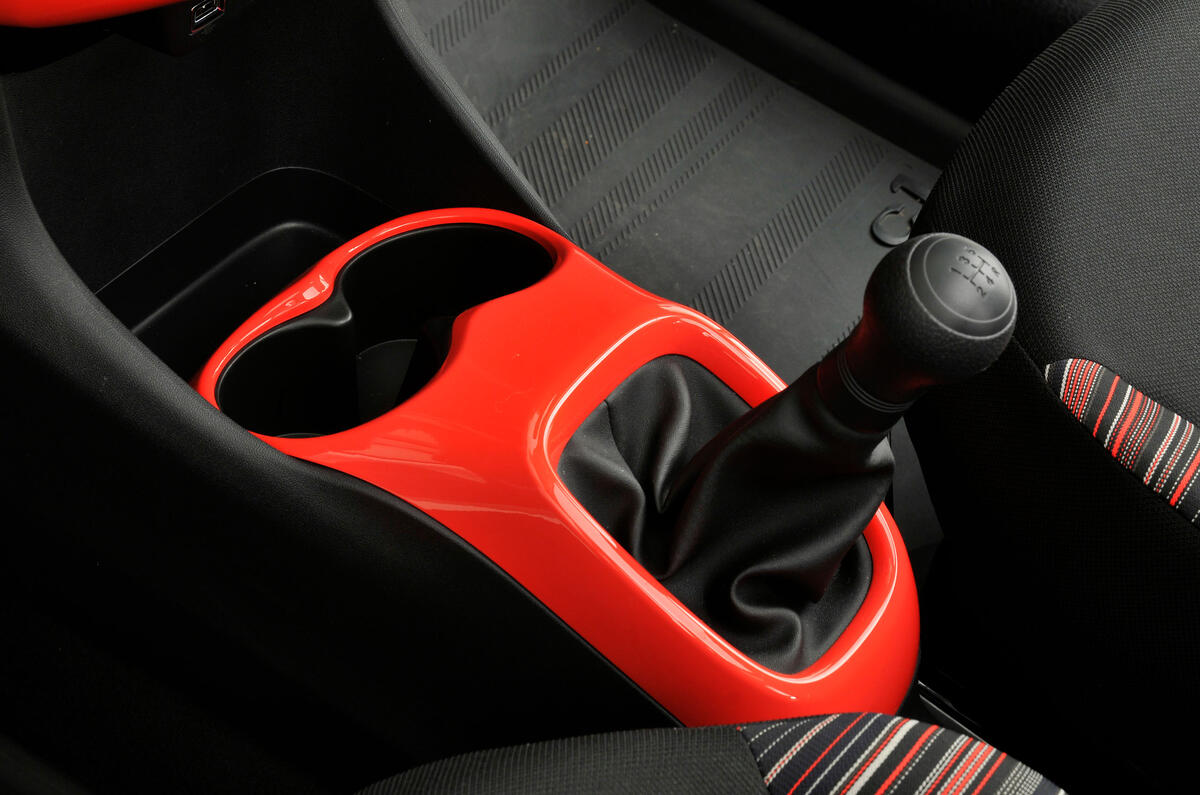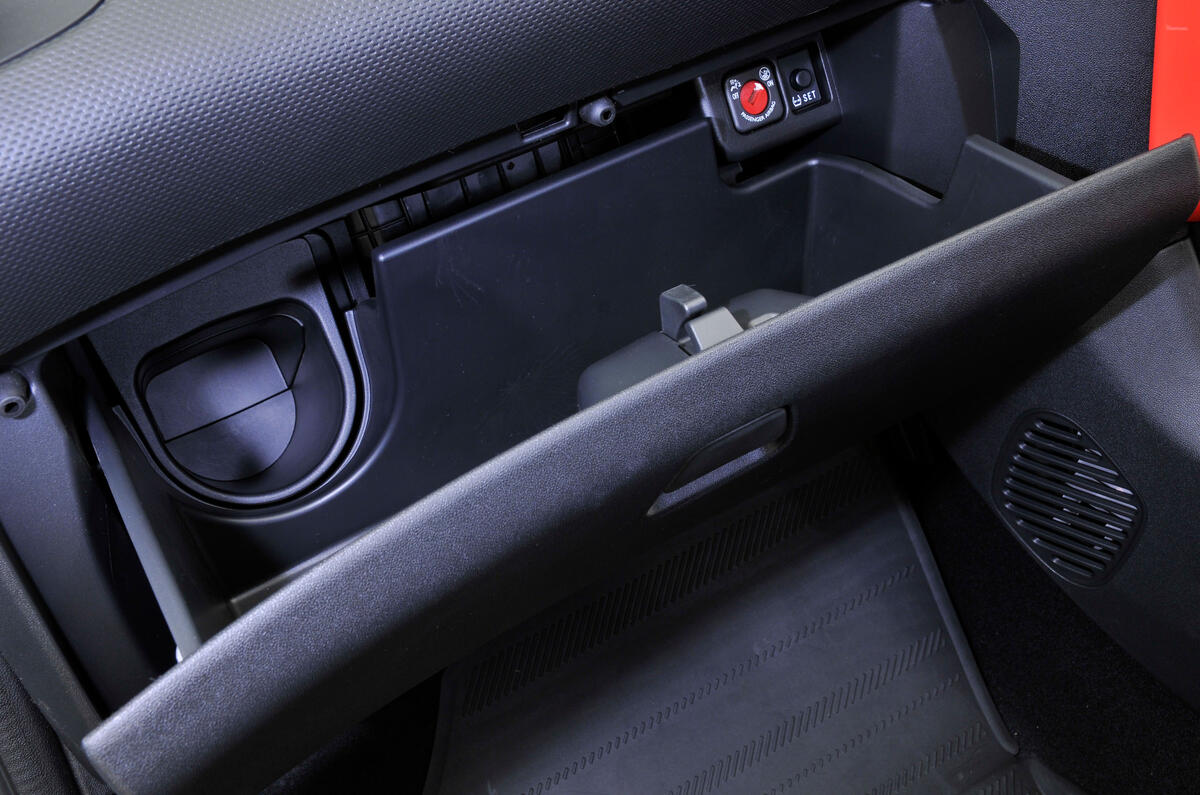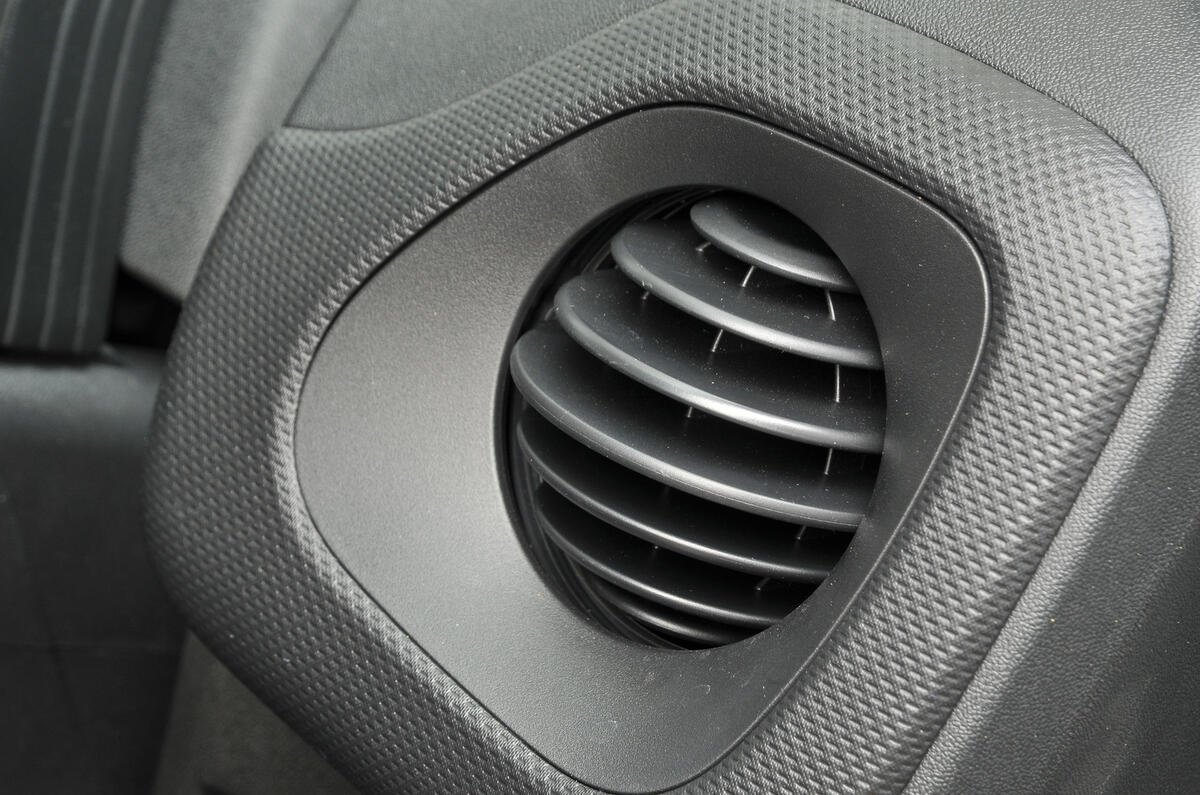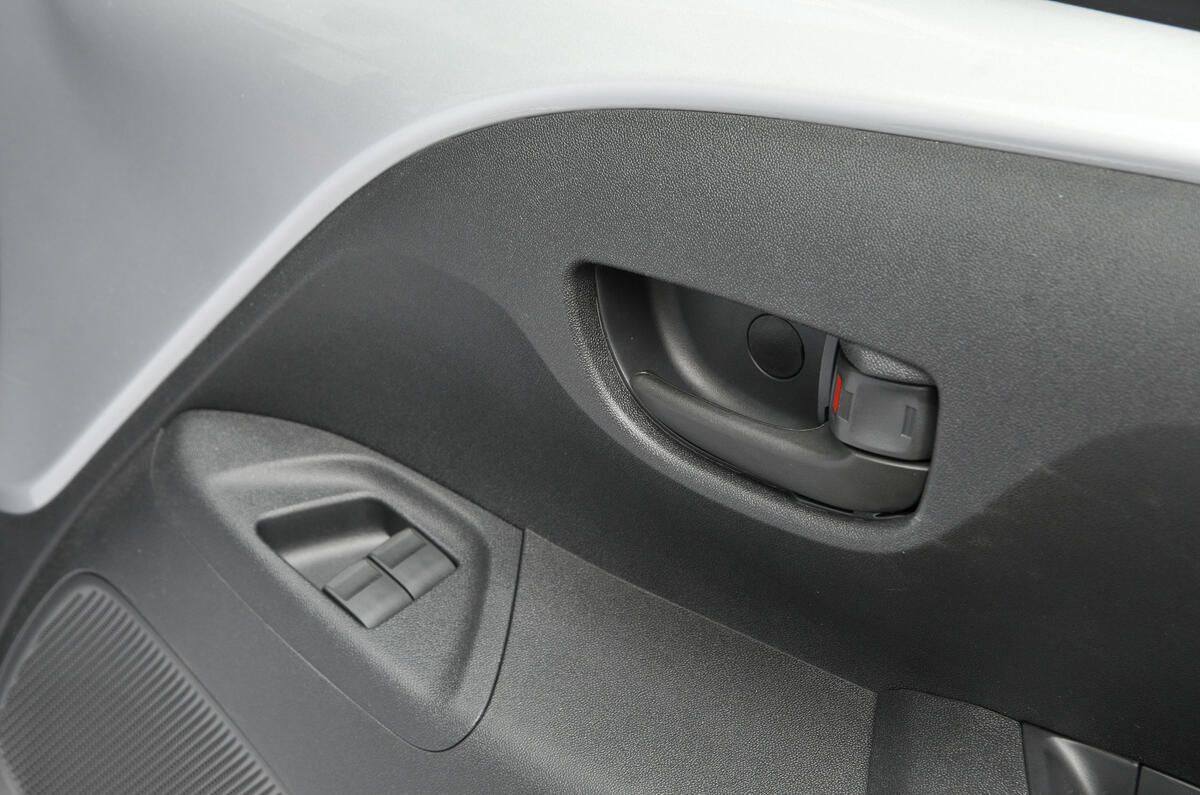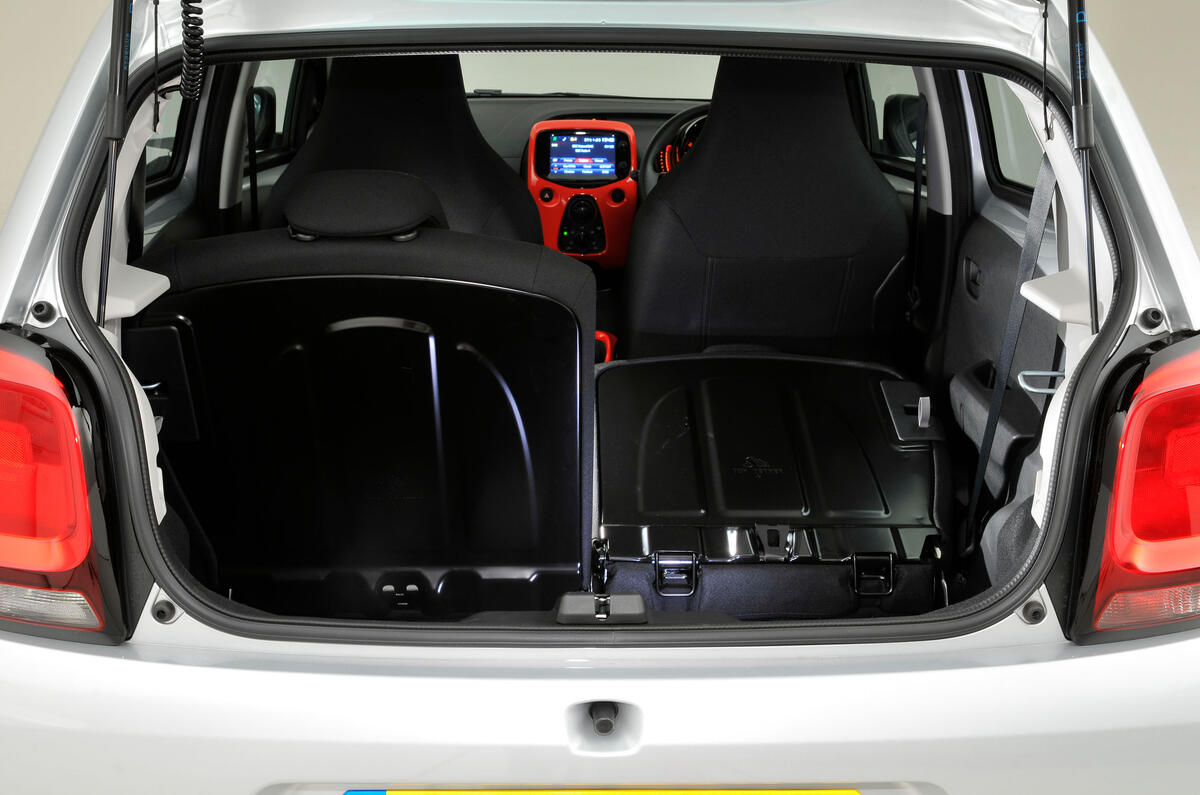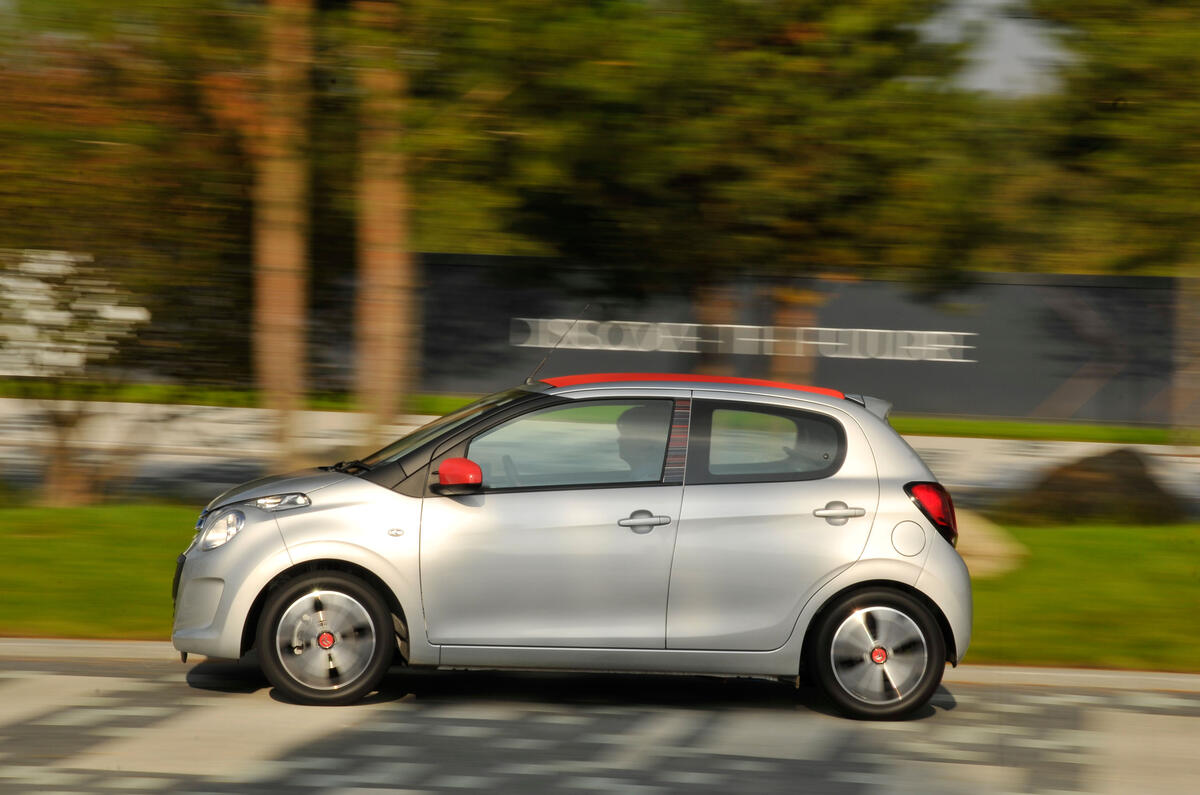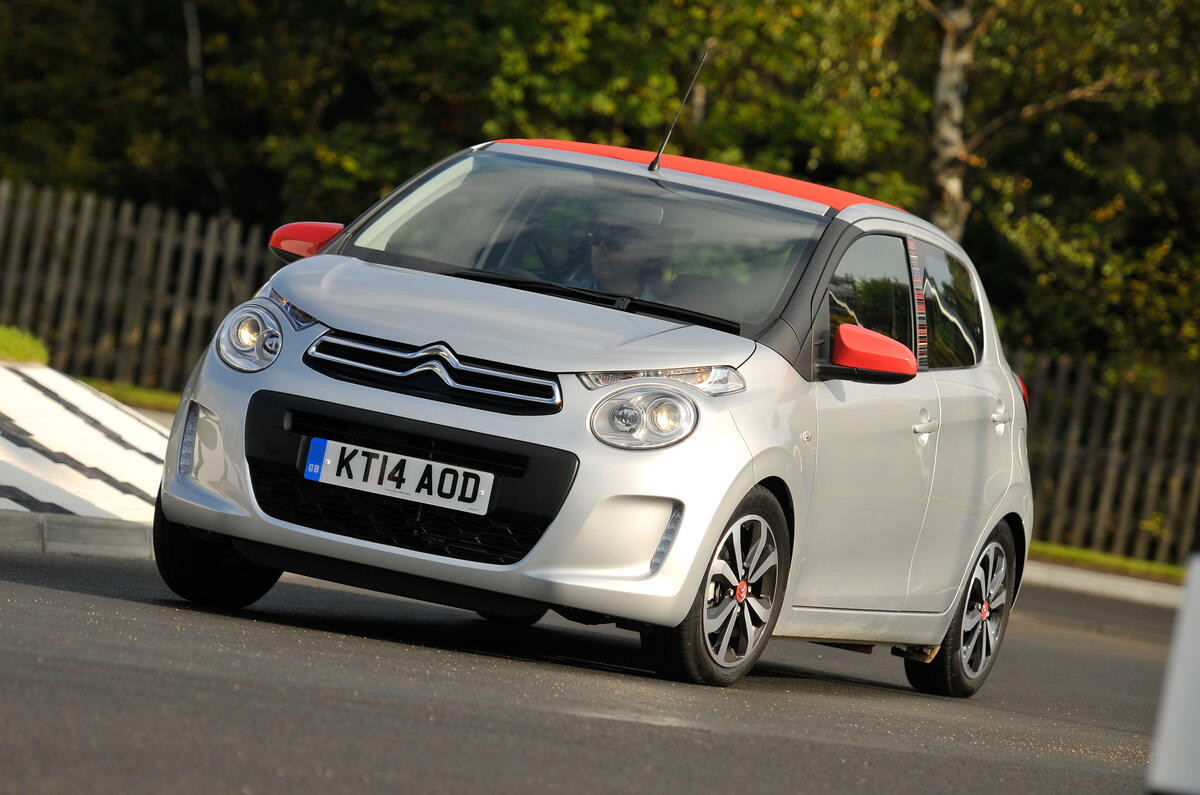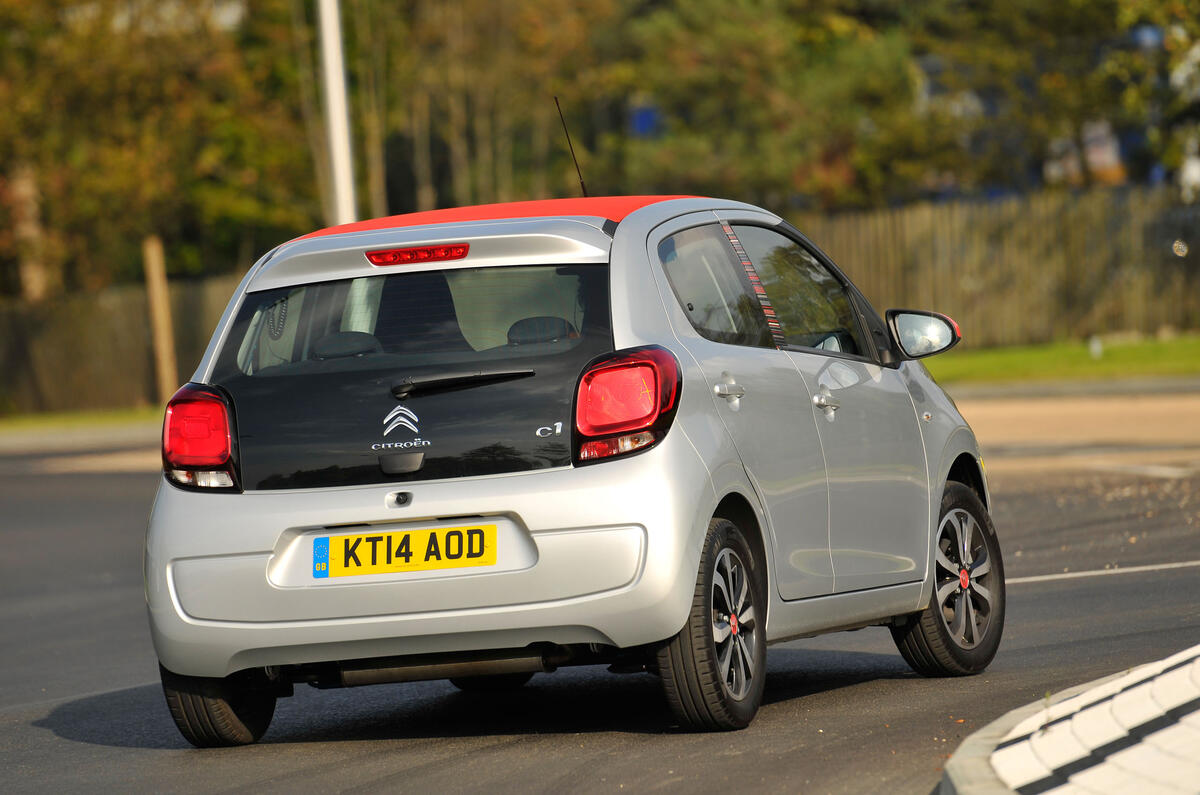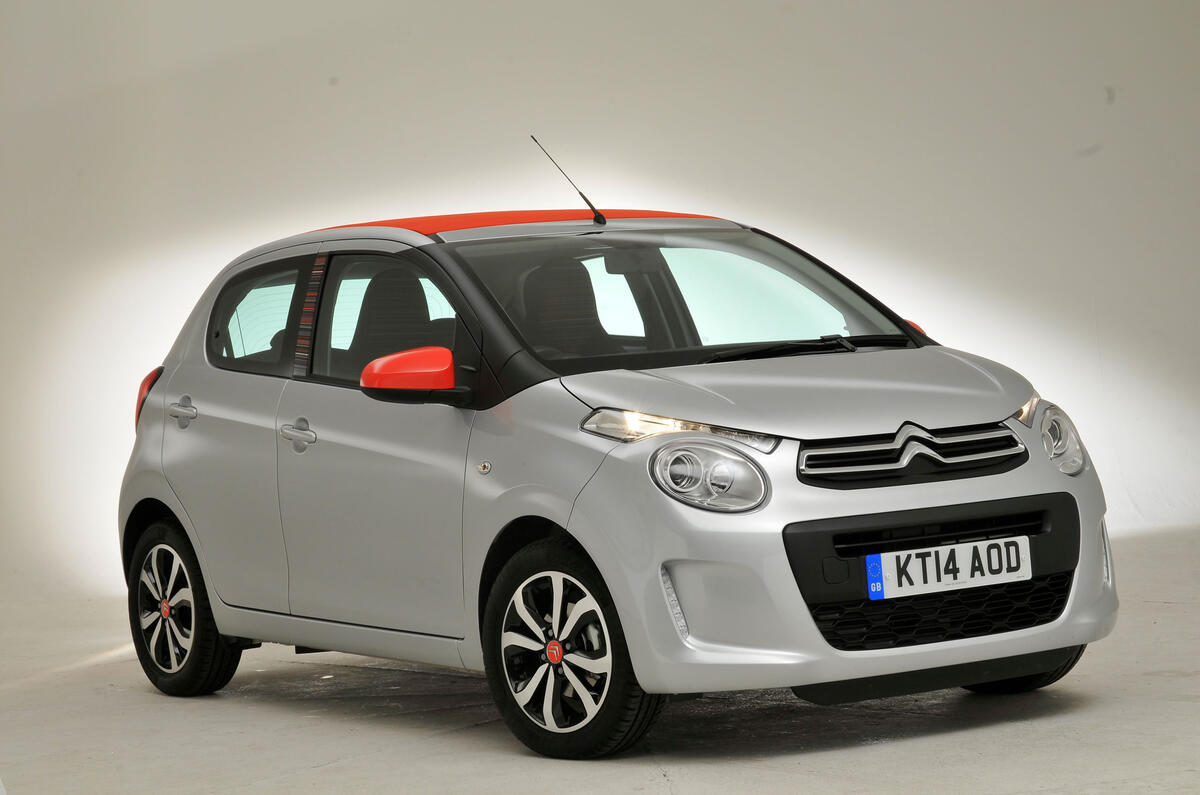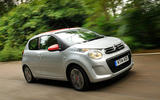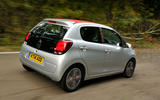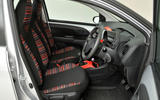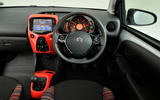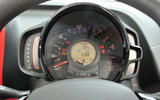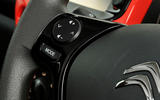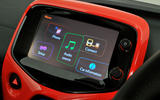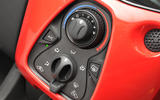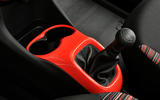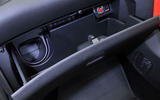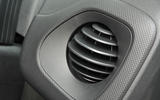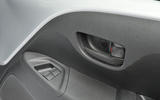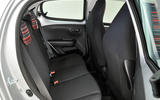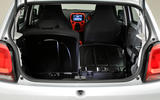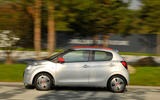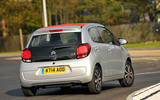Like its partners Peugeot and Toyota, Citroen has been making hay for nine years with the Citroen C1 city car it manufactures in a co-operative factory in the Czech Republic, selling 760,000 examples of the previous model since 2005.
There have been several facelifts, but now it’s time for an all-new body style to go with a set of updated mechanicals: the familiar 1.0-litre 67bhp Toyota-sourced triple is being joined in showrooms by a normally aspirated, 81bhp version of PSA’s 1.2-litre three-cylinder engine, which freshens the offer and gives the car a welcome turn of performance.
There are three and five-door versions of the new-style model, as before, but Citroen this time adds a fabric-topped variant called Airscape whose full-length canopy rolls back at the touch of a switch.
Top-end models have niceties like a 7.0in touchscreen that allows control of most non-driving functions, plus climate control air conditioning. There are five trim levels, Touch, Feel, Furio, Flair and Flair Edition in order of rising luxury, with only two available on the semi-convertible versions.
The entry-level models get 14in steel wheels, hill start assist, daytime running lights, front electric windows, and an audio system with USB connectivity, while upgrading to the Feel trim comes with 15in steel wheels, air conditioning and a 7.0in touchscreen infotainment complete with Bluetooth and DAB radio.


